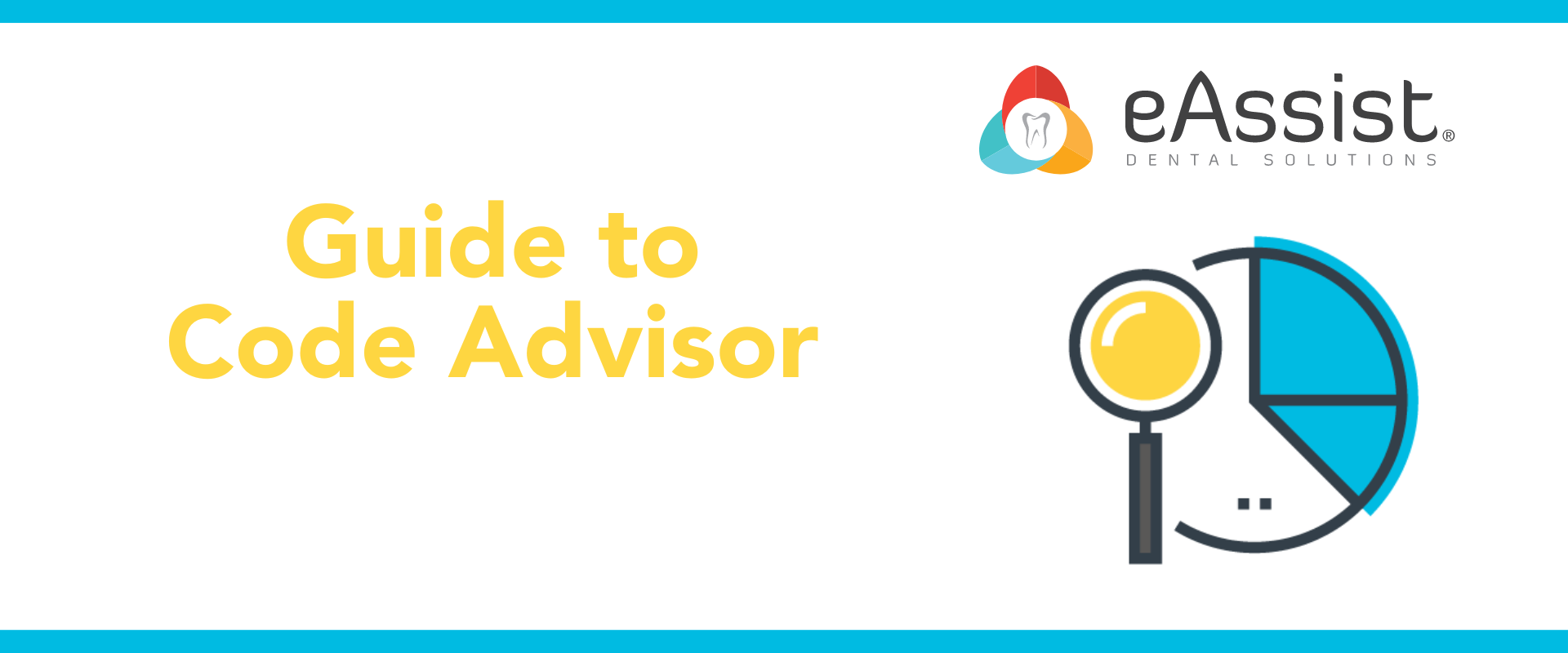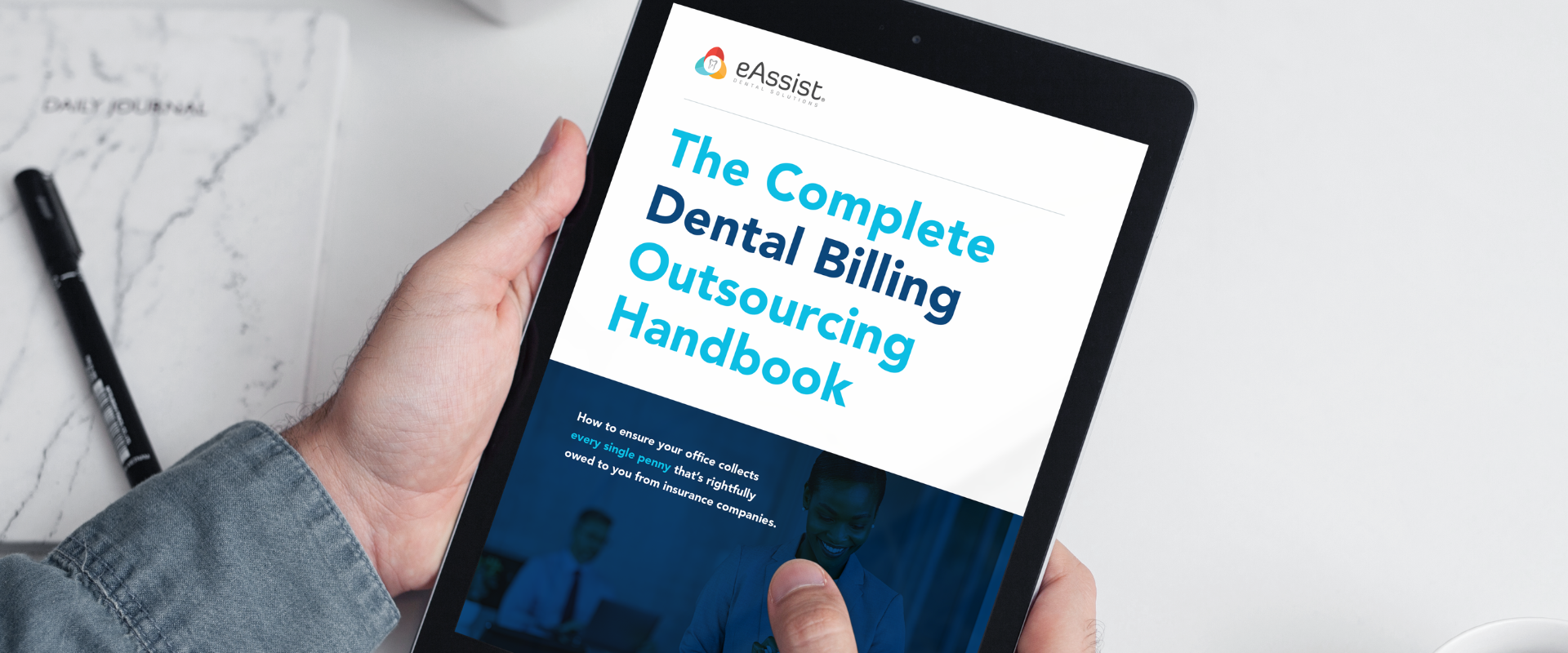Dental medical coding is a complex maze, but unlocking its intricacies is becoming more and more crucial for dental practices. This knowledge facilitates efficient billing, seamless insurance processing, and an overall improved patient experience. In this article, we’ll dive into 8 tips for implementing dental medical coding in your dental practice.
What is dental medical coding?
Dental medical coding involves a standardized system of alphanumeric codes used to report dental procedures and diagnoses for dental treatment deemed medically necessary to medical insurance payors. These cross-codes play a pivotal role in facilitating communication between dental offices, medical insurance companies, and dental insurance companies.
CDT codes and ICD codes
The primary coding systems utilized are Current Dental Terminology (CDT) and the International Classification of Diseases (ICD).
Current Dental Terminology (CDT) codes – CDT codes are specific to dentistry and cover a wide range of dental procedures, treatments, and services. Developed and maintained by the American Dental Association (ADA), these codes are continuously updated to reflect advancements in dental care. Some common CDT codes include:
D1110 Prophylaxis (cleaning) for adult patients
D0220 Intraoral periapical x-ray
D7140 Extraction of an erupted tooth or exposed root
D7210 Surgical removal of a tooth
International Classification of Diseases (ICD) codes – ICD codes are primarily used to diagnose patient conditions and diseases. While ICD codes are more commonly associated with medical practices, they play a vital role in dentistry. Some common ICD-10 codes used in dentistry include:
K02.9 Dental caries, unspecified.
K05.1 Chronic periodontitis.
C03.1 Malignant neoplasm of the upper gum.
Understanding both of these coding systems is essential for dental professionals when documenting and reporting services rendered. Reporting inaccurate codes on a dental or medical claim form will result in delays and denials that affect revenue.

The significance of dental medical coding
Dental medical coding is more than just a technical requirement; depending on the scope of services in your dental practice, it can be crucial to the revenue cycle. Here are more reasons why understanding dental medical coding is so significant:
Accurate billing and reimbursement
Accurate dental medical coding helps dental practices receive proper payment for the services they provide. Both dental and medical insurance companies rely on the two coding systems discussed above to determine the necessity, coverage, and reimbursement amounts for procedures.
Improved patient care
Proper dental medical coding leads to comprehensive patient records. These records are not only necessary for efficient claim submission but also for enhancing patient care. They provide a historical record of treatments, diagnoses, and procedures, enabling dentists to make informed decisions and provide better care.
Compliance and legal requirements
Adherence to dental medical coding standards is essential to maintain compliance with healthcare regulations. Non-compliance can result in audits, fines, or even legal consequences. Understanding and correctly applying dental medical codes can help dental practices stay within the bounds of the law.
8 tips for implementing dental medical coding
Implementing dental medical coding effectively requires attention to detail and adherence to best practices. Here are some key tips to help you navigate the coding process successfully:
- Invest in resources and education
Your dental team should stay well-trained in dental medical coding and administration best practices. Invest in resources or training programs to keep your staff up-to-date with the latest CDT and ICD coding changes and guidelines.
- Regularly update codes
Both CDT and ICD codes undergo regular updates to align with advances in dental care and medical knowledge. Stay informed about these changes and ensure that your practice uses the most current codes to avoid claim denials.
- Maintain clear and comprehensive documentation
Accurate coding begins with clear and comprehensive documentation. Are you confident that your patient records contain detailed information about diagnoses, treatments, and procedures? This documentation not only supports claim submissions but also enhances patient care.
- Verify patient insurance information
Before initiating treatment, verify the patient’s insurance coverage, benefits, and eligibility. This helps prevent misunderstandings and ensures that procedures are covered under the patient’s plan.
- Double-check codes
Accuracy is paramount when cross-coding dental procedures. Double-check all codes to ensure they match the provided treatment and diagnosis accurately. Mismatched or incorrect codes can lead to claim denials.
- Use technology wisely
Leverage your dental practice management software that supports electronic claim submission and coding. Such software can streamline the coding process, reduce errors, and facilitate efficient claim submission.
- Monitor claim status
Keep a close eye on the status of submitted claims. If a claim is pending or denied, follow up promptly to address any issues. Timely communication with insurance payors can help resolve problems and expedite payment.
- Establish an appeals process
Claim denials can be appealed if you believe they are unjustified. Establish an internal process for identifying and appealing denied claims, backed by proper documentation and communication.
The role of dental billing specialists
Many dental offices enlist the services of dental billing specialists or third-party outsourced dental billing companies to handle coding and insurance-related tasks. Investing in dental billing specialists – whether in-house or outsourced – streamlines practice operations and optimizes revenue cycle management.
Staying informed and adapting to changes
Dental medical coding is a dynamic field that continually evolves to align with advances in dental care and industry standards. Regular updates, revisions, and changes to codes and guidelines are commonplace. Staying informed and adapting to these changes is crucial for dental professionals to maintain precise coding practices.









0 Comments